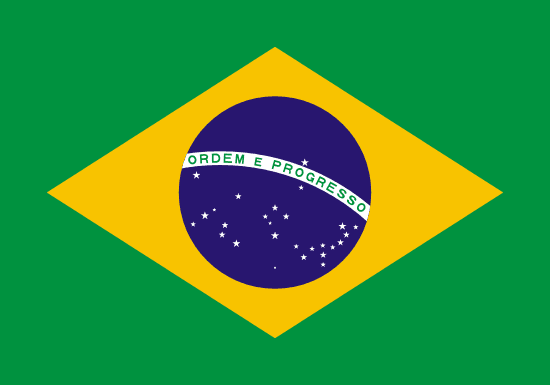"Capital da Alegria | Capital of Joy"
About:
Founded in 1549, Salvador, Brazil, served as the first colonial capital of Brazil until 1763. Known for its Portuguese colonial architecture, the city has a rich history marked by African, Indigenous, and European influences. In the 19th century, Salvador was a key port for the slave trade. Today, it's a bustling metropolis, recognized as a UNESCO World Heritage Site, and is renowned for its vibrant culture, music, and cuisine, reflecting its diverse historical influences.
When to visit:
Salvador, Brazil, is a vibrant city known for its rich culture, historic architecture, and lively festivals. The best time to visit Salvador on a holiday is during the annual Carnival, typically held in February or March. This world-famous event features colorful parades, music, dancing, and street performances that showcase the city's unique Afro-Brazilian heritage. Visitors can immerse themselves in the festive atmosphere, savor traditional Bahian cuisine, and witness the energy and passion of the local residents during this spectacular celebration.
When to avoid:
Salvador, Brazil experiences its peak tourist season during the summer months of December to February, when the city is bustling with visitors from around the world. However, this also means that prices for accommodations and attractions are at their highest, and popular sites may be crowded. Traveling to Salvador during major holidays, such as Carnival in February, can be particularly challenging due to the massive influx of tourists and the city's vibrant celebrations. Therefore, travelers seeking a more peaceful and budget-friendly experience may want to avoid visiting Salvador during the peak summer season and major holidays.
Rainy Season (Apr-Jun)
Salvador, Brazil, experiences its wettest period from April to August, with June being the rainiest month. Average temperatures hover around 23-25°C, relatively mild. Rainfall can reach up to 270mm in June. The days are often overcast, with sunlight hours dipping to an average of 5-6 hours per day. An average day for a visitor might involve sporadic showers interspersed with periods of cloudy, humid weather. Despite the rain, the city's vibrant culture continues to thrive, making it an interesting visit regardless of season.
"Hot Season (November–April)"
In Salvador, Brazil, the warmest part of the year typically spans from November to April, with the peak temperatures occurring in February. During this period, average high temperatures range from 28-30°C (82-86°F), while lows rarely drop below 24°C (75°F).
Rainfall varies during this period, with November to January being relatively drier, receiving around 100 mm of precipitation per month. February to April, however, sees a significant increase in rainfall, with monthly averages reaching up to 300 mm.
The city enjoys ample sunlight, with an average of 6-7 hours of sunshine per day. Despite the rainfall, Salvador is known for its bright and sunny weather, particularly in the early part of this warm period.
Humidity levels are quite high, typically ranging from 70-85%. This can make the heat feel more intense, but the coastal breezes from the Atlantic Ocean often provide some relief.
Cloudiness varies throughout this period. The early months (November to January) are generally less cloudy, while the later months (February to April) see an increase in cloud cover due to the higher rainfall.
For a visitor, a typical day in Salvador during the warmest part of the year would likely be hot and humid, particularly in the afternoon. Mornings and evenings could be more comfortable, especially near the coast. Despite the heat, the plentiful sunshine and coastal breezes make it a great time for outdoor activities and beach visits. However, it's advisable to carry an umbrella or raincoat during the later months due to the increased likelihood of showers.
Language:
In Salvador, the most commonly spoken language is Portuguese, as it is the official language of Brazil. However, due to its rich cultural history, languages such as Yoruba, spoken by the Afro-Brazilian community, and English, commonly used in tourism and business sectors, can also be heard.




